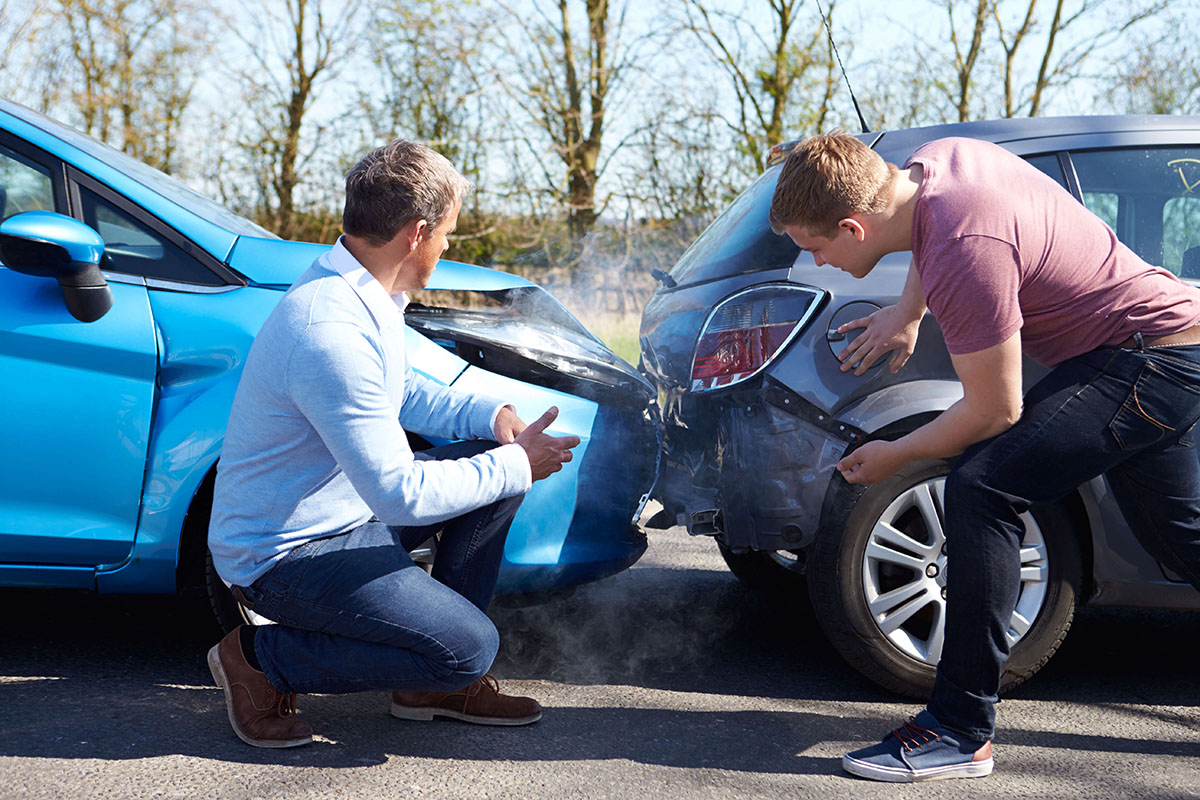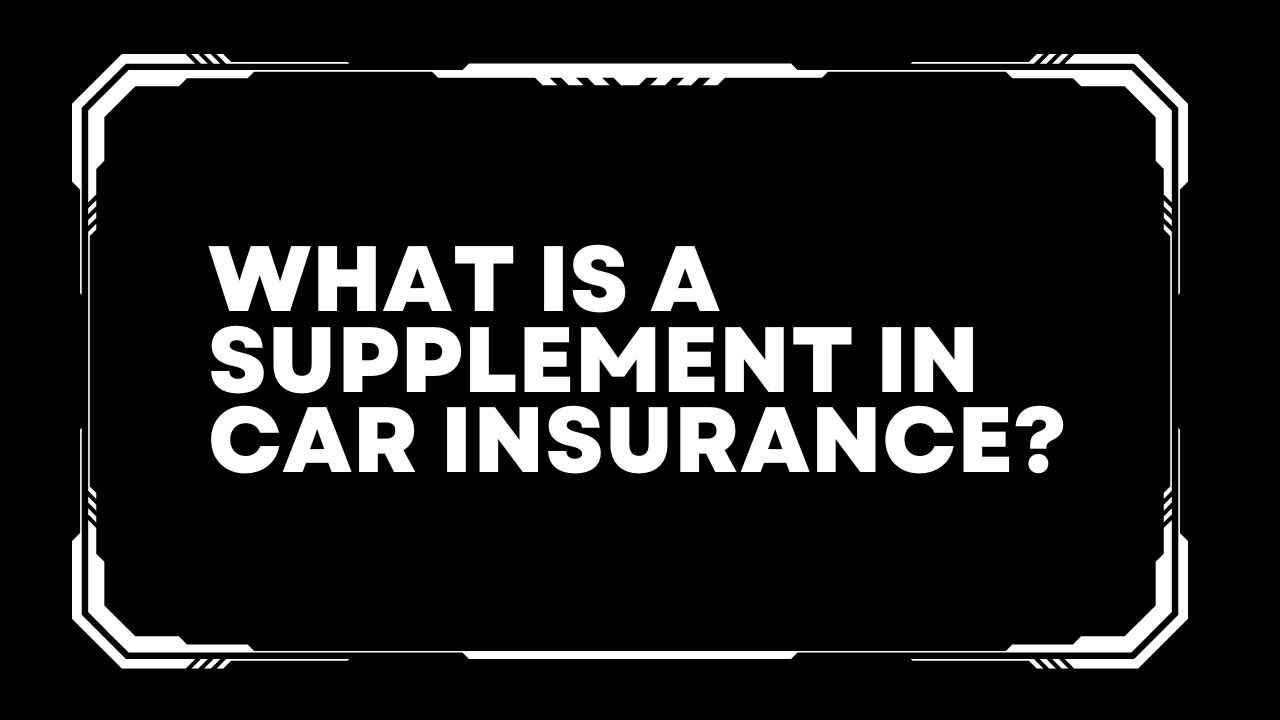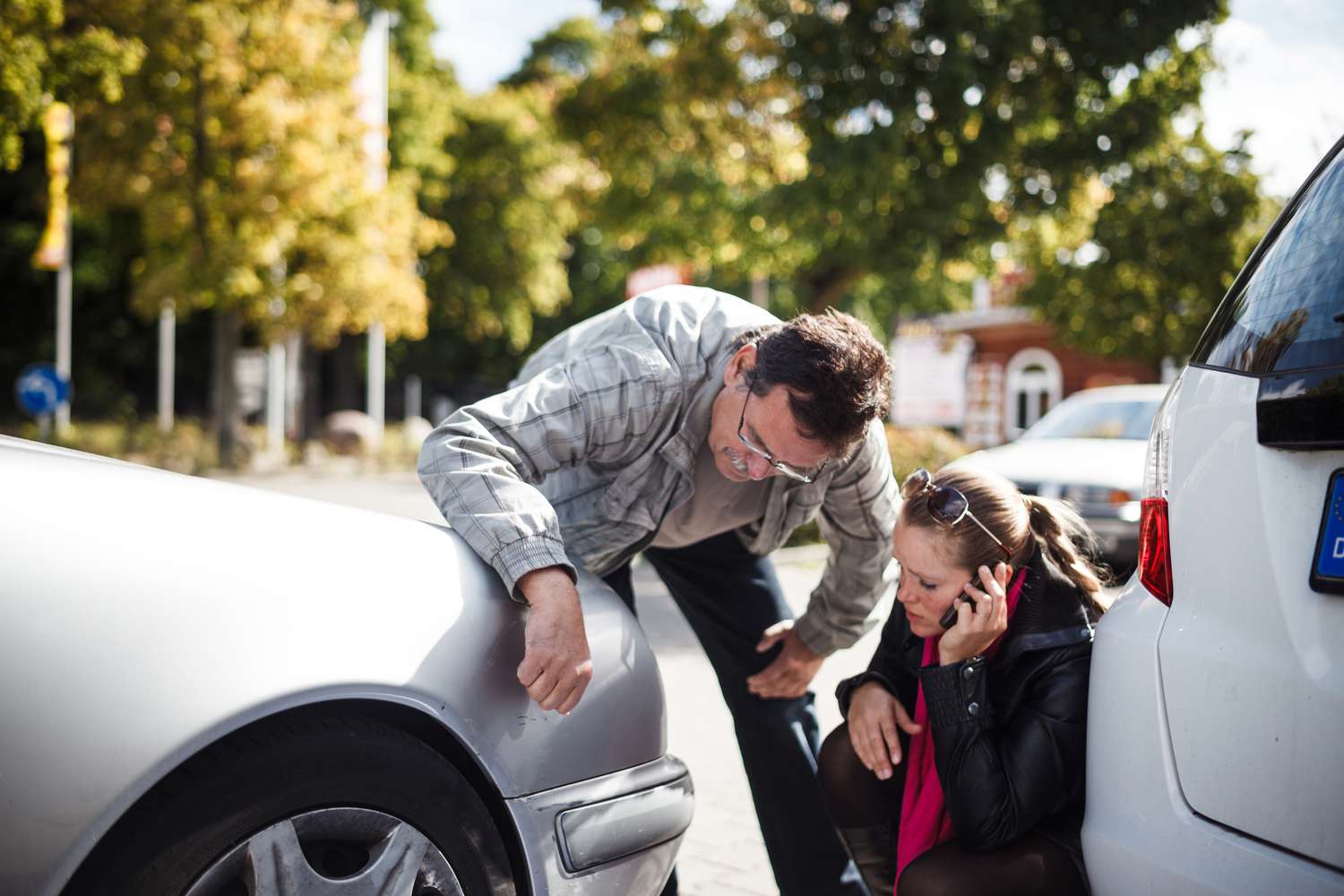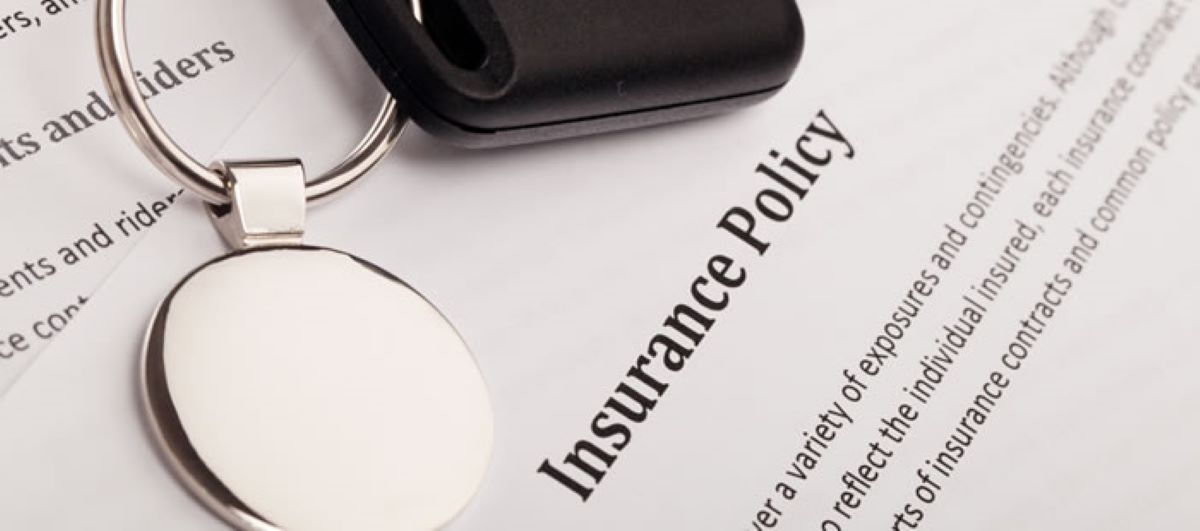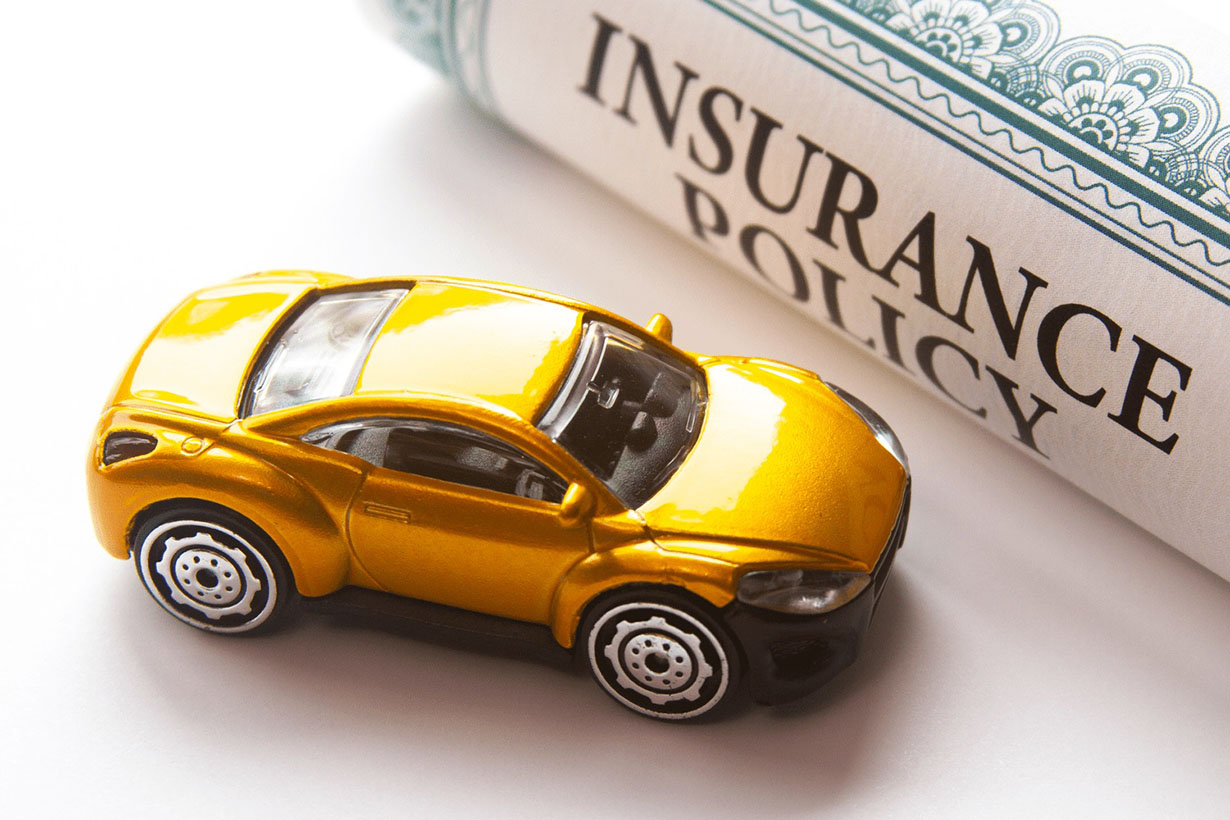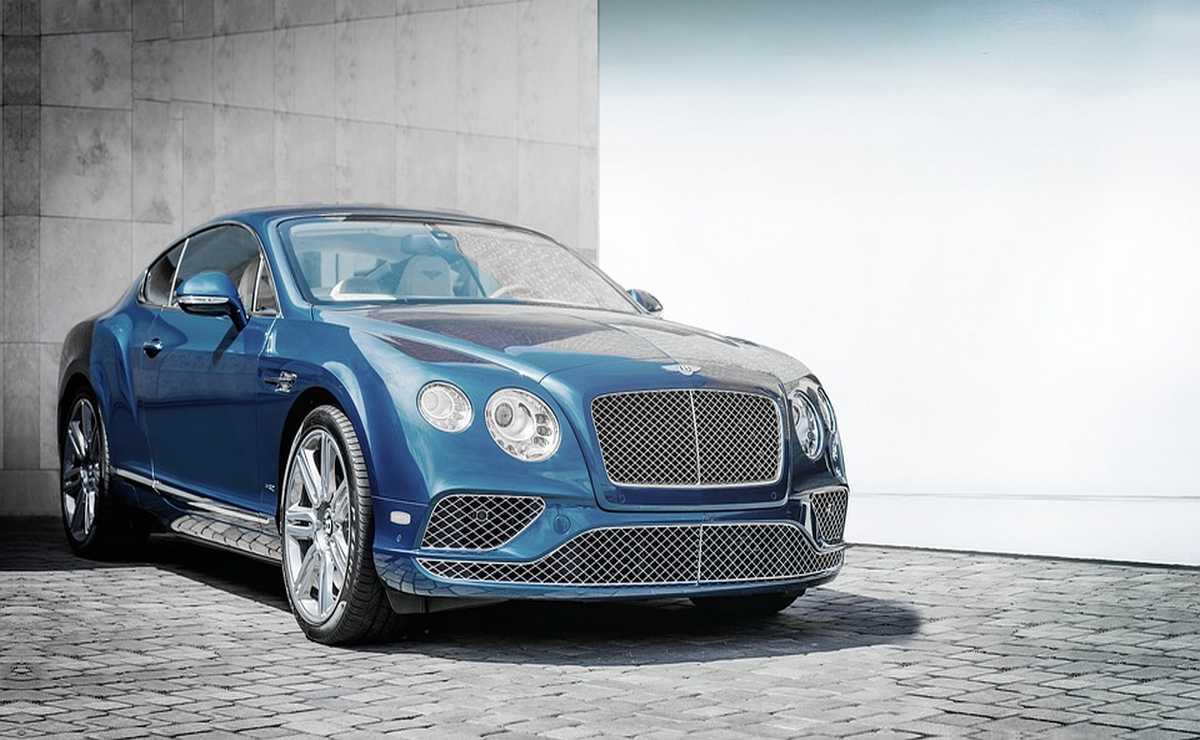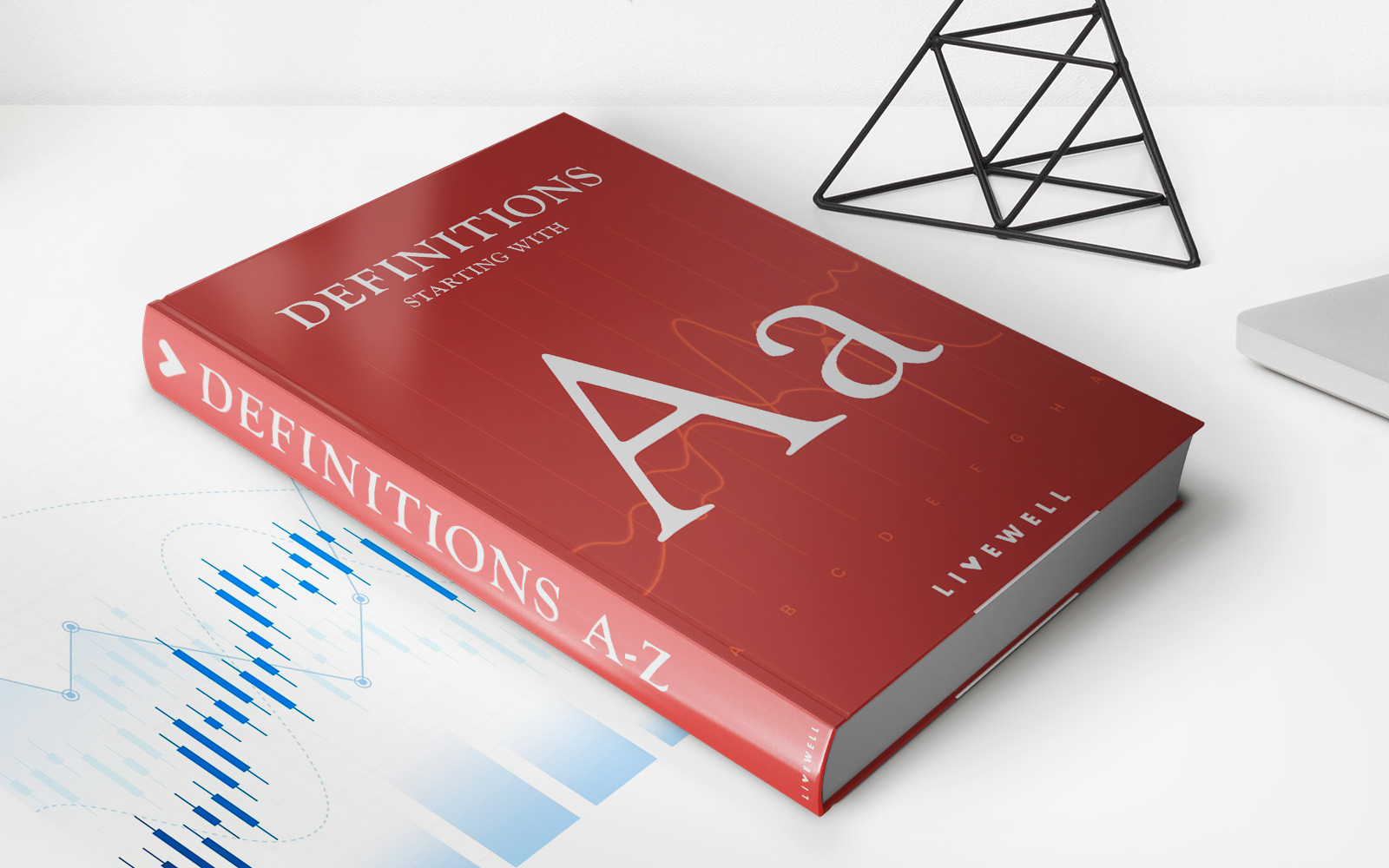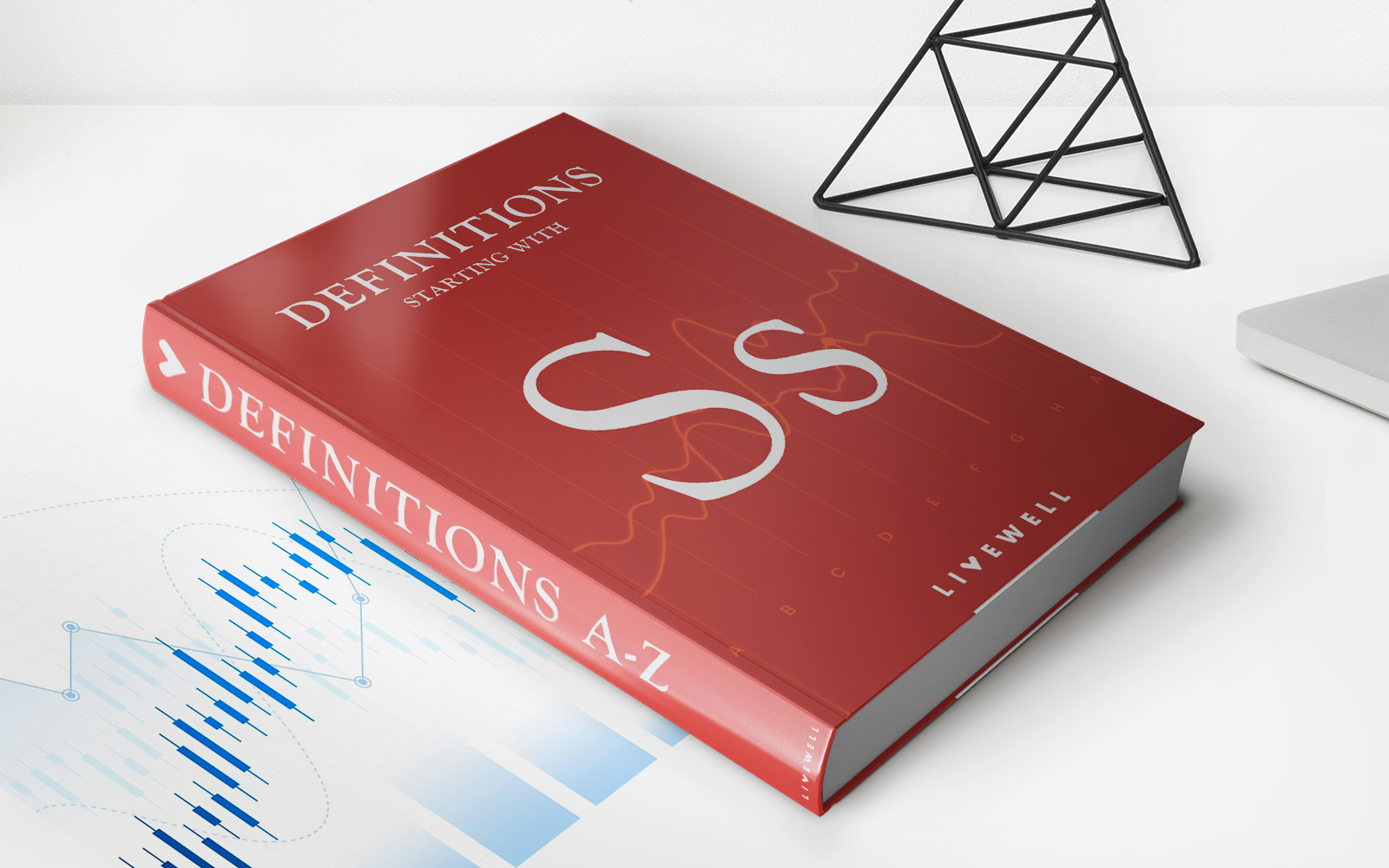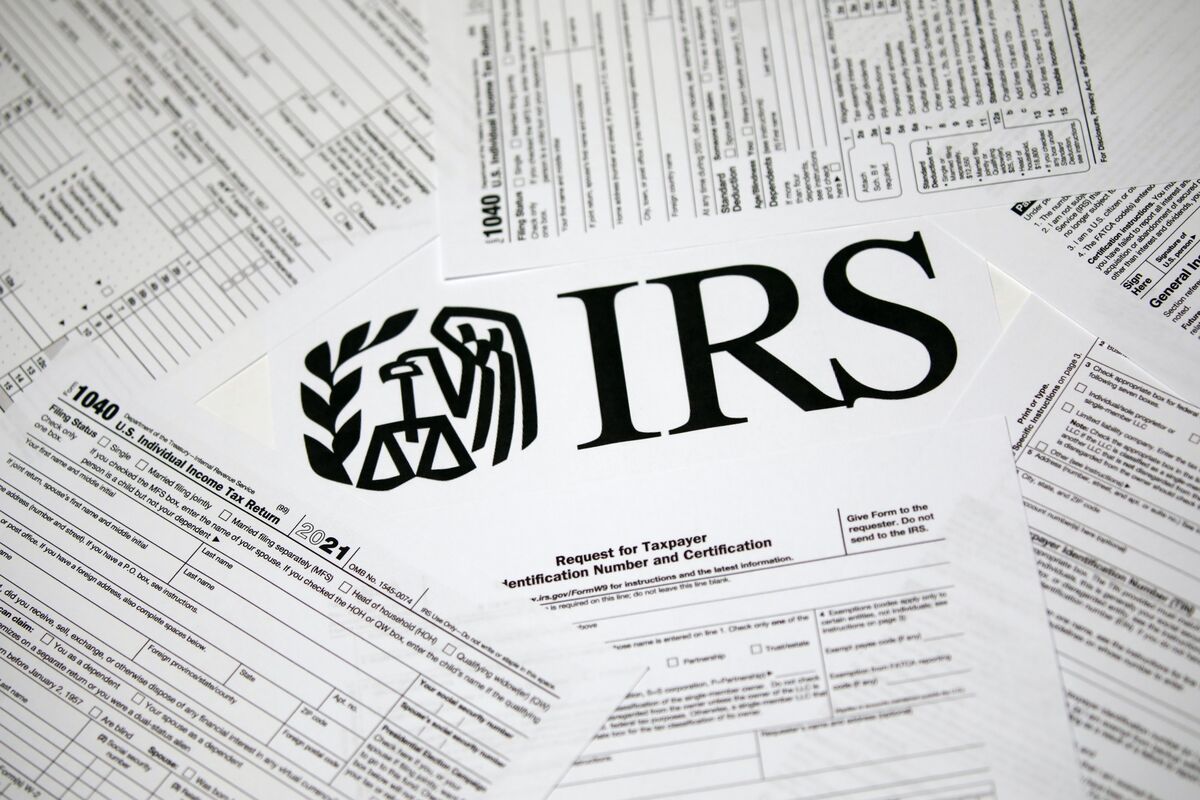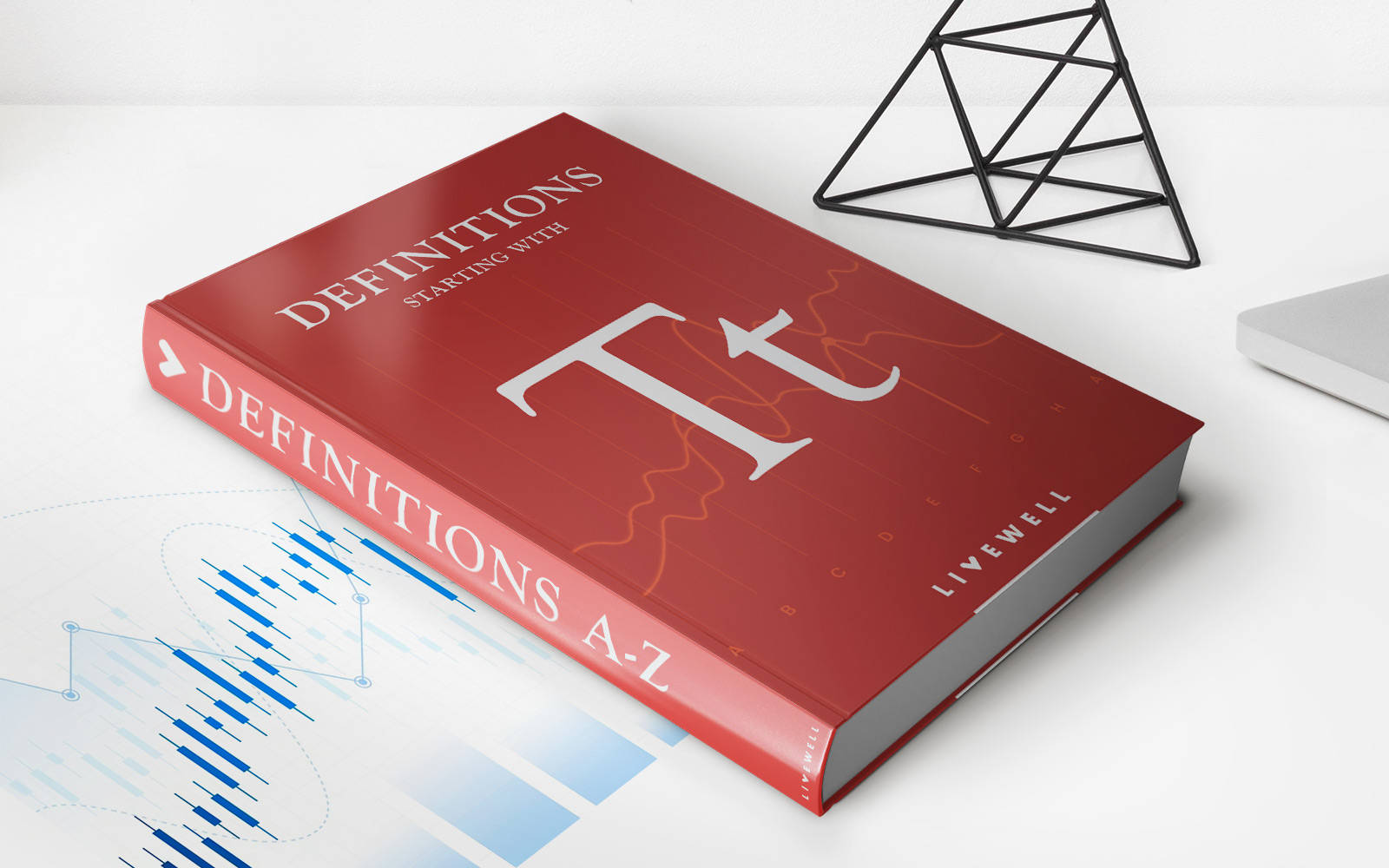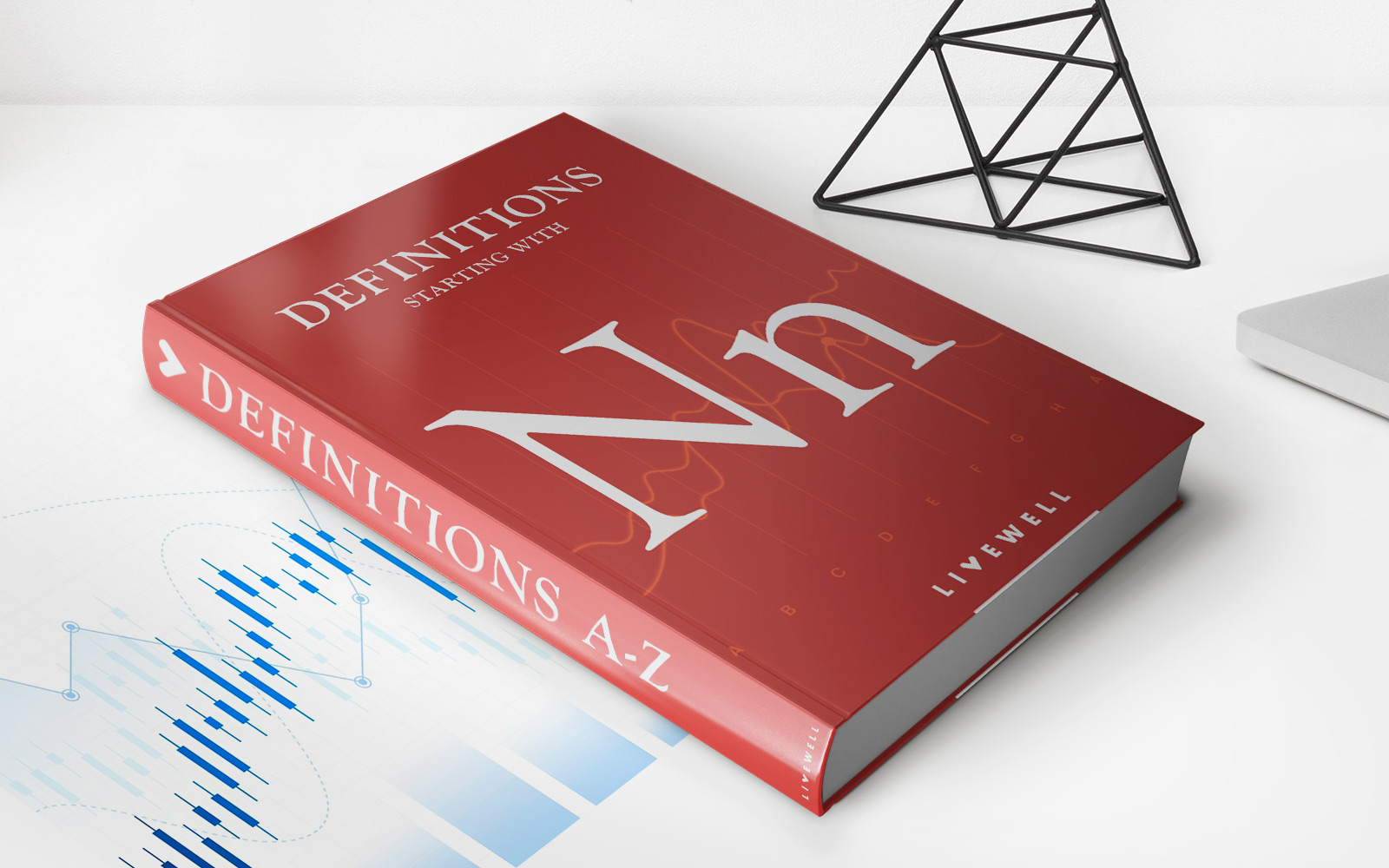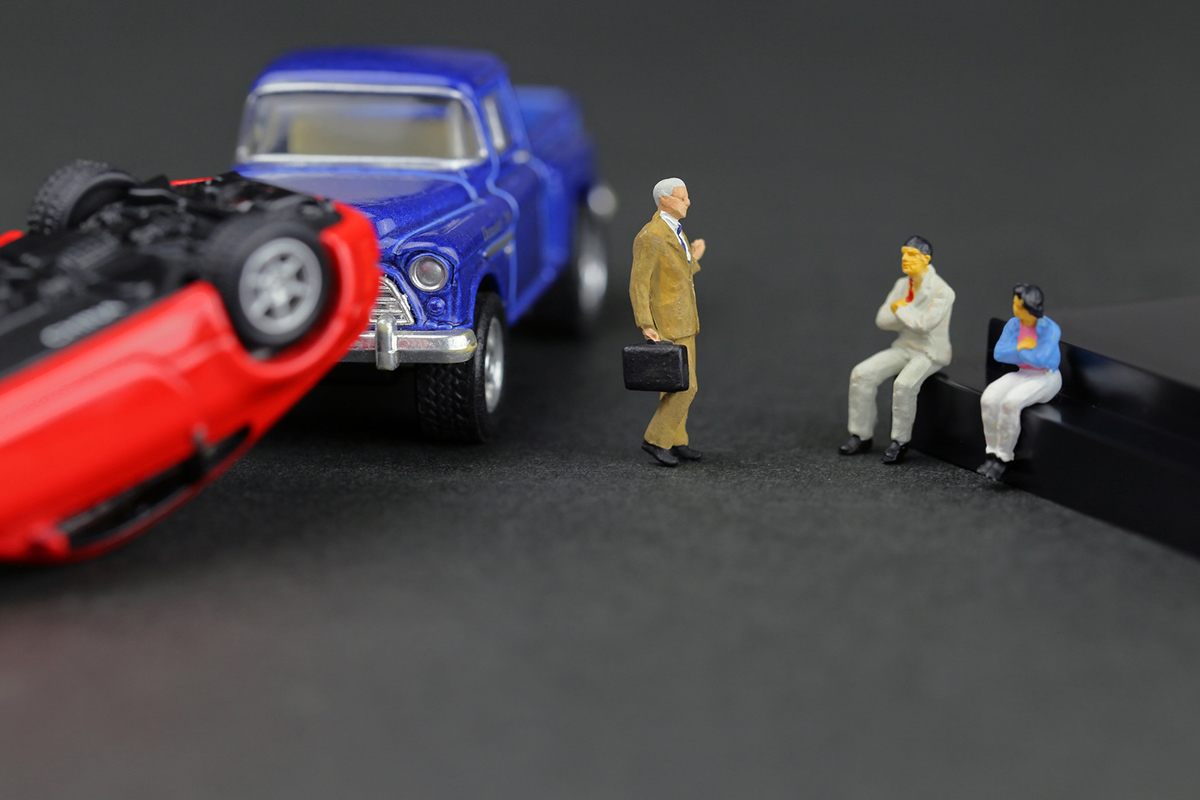

Finance
What Is Stacked Auto Insurance
Published: November 23, 2023
Learn about stacked auto insurance and its financial implications. Ensure your finances are protected with the right insurance coverage.
(Many of the links in this article redirect to a specific reviewed product. Your purchase of these products through affiliate links helps to generate commission for LiveWell, at no extra cost. Learn more)
Table of Contents
Introduction
Welcome to the world of auto insurance! As a responsible vehicle owner, it is crucial to have the right coverage in place to protect yourself and your assets in the event of an accident. One type of auto insurance that you may come across is “stacked auto insurance.” In this article, we will explore the definition, workings, benefits, drawbacks, and requirements of stacked auto insurance, providing you with a comprehensive understanding of this coverage option.
So what exactly is stacked auto insurance? Simply put, it is an insurance policy that allows you to “stack” or combine the uninsured/underinsured motorist (UM/UIM) coverage limits for multiple vehicles on your policy. By doing so, you can potentially increase the amount of coverage available to you in the event that you are involved in an accident with an at-fault driver who has limited or no insurance coverage.
Stacked auto insurance can be particularly useful in states where UM/UIM coverage is mandatory, as it provides an added layer of protection for policyholders. It gives you the ability to maximize your coverage and potentially recover more in damages and medical expenses when dealing with an underinsured or uninsured driver.
In the following sections, we will delve deeper into how stacked auto insurance works, its benefits and drawbacks, the requirements for obtaining this type of coverage, and share some real-world examples to help illustrate its potential impact on your auto insurance policy.
Definition of Stacked Auto Insurance
Stacked auto insurance is a coverage option that allows policyholders to combine the limits of uninsured/underinsured motorist (UM/UIM) coverage for multiple vehicles on their policy. This means that if you have two or more vehicles insured under the same policy, you can “stack” the coverage limits together to increase the amount of protection available to you in the event of an accident with an underinsured or uninsured driver.
Underinsured motorist coverage provides financial protection in case the at-fault driver in an accident does not have enough insurance coverage to fully compensate you for the damages. Uninsured motorist coverage, on the other hand, steps in when the at-fault driver doesn’t have any insurance at all. Both coverages are designed to help you recover losses from medical expenses, property damage, and other costs resulting from an accident.
With stacked auto insurance, you can add together the UM/UIM coverage limits for each vehicle on your policy, providing you with potentially more coverage than you would have with a single vehicle policy. For example, if you have two vehicles insured with $50,000 UM/UIM coverage on each, stacking the limits would give you a total coverage limit of $100,000.
It’s important to note that stacked auto insurance is only available in states where stacking is allowed. Each state has its own laws and regulations regarding UM/UIM coverage and stacking, so it’s essential to consult with your insurance agent or read your policy carefully to understand the specific rules and limitations that apply to your situation.
Next, let’s take a closer look at how stacked auto insurance works and how it can benefit policyholders.
How Stacked Auto Insurance Works
Stacked auto insurance works by allowing you to combine the uninsured/underinsured motorist (UM/UIM) coverage limits for multiple vehicles on your policy. To illustrate how it works, let’s consider an example. Imagine you have two vehicles insured, each with a UM/UIM coverage limit of $50,000. With stacked auto insurance, you can add the coverage limits together, giving you a total coverage limit of $100,000.
In the event of an accident with an at-fault driver who has limited or no insurance coverage, and your damages exceed the at-fault driver’s policy limits, stacked auto insurance can provide additional protection. If the at-fault driver’s insurance coverage is not sufficient to cover your expenses, you can tap into your stacked UM/UIM coverage to help bridge the gap.
It’s important to note that stacked auto insurance does come with certain limitations. For instance, if you have three vehicles on your policy and choose to stack the UM/UIM coverage limits, you would have three times the coverage of a single vehicle policy. However, some states may impose a maximum limit on the amount of stacked coverage you can have. This means that the total coverage limit cannot exceed a certain threshold, even if you have multiple vehicles insured on your policy.
Additionally, it’s worth mentioning that stacking coverage does come at an additional cost. The premiums for stacked auto insurance may be higher compared to a single vehicle policy with the same coverage limits. This is because the insurance company is taking on more risk by providing coverage for multiple vehicles combined.
It’s also important to understand that stacking only applies to UM/UIM coverage and not other types of coverage, such as liability or comprehensive coverage. The purpose of stacking is to provide added protection when dealing with uninsured or underinsured drivers.
Now that we’ve explored how stacked auto insurance works, let’s move on to the benefits that policyholders can enjoy by choosing this coverage option.
Benefits of Stacked Auto Insurance
Stacked auto insurance offers several benefits for policyholders who choose to enhance their uninsured/underinsured motorist (UM/UIM) coverage. Here are some of the key advantages:
- Increased Coverage Limits: By stacking the UM/UIM coverage limits for multiple vehicles on your policy, you have the potential to significantly increase your coverage. This can be particularly advantageous in situations where the damages and expenses resulting from an accident surpass the limits of the at-fault driver’s insurance policy.
- Extra Protection: Stacked auto insurance provides an additional layer of protection against uninsured or underinsured drivers. It ensures that you have a higher coverage limit available to compensate for medical expenses, lost wages, and other damages caused by drivers who do not have adequate insurance coverage.
- Peace of Mind: Knowing that you have stacked auto insurance can give you peace of mind while on the road. It offers reassurance that you have taken steps to protect yourself and your assets in case of an accident with an uninsured or underinsured driver.
- Flexibility: Stacked auto insurance gives you the flexibility to choose the coverage option that best suits your needs. Depending on your circumstances, you may have the option to stack UM/UIM coverage for all vehicles on your policy or only for specific vehicles.
- Cost-Efficient: While stacked auto insurance may result in higher premiums compared to a single vehicle policy, it can be cost-efficient considering the increased coverage limits and protection it provides. Having stacked coverage can potentially save you from significant out-of-pocket expenses in the case of an accident with an uninsured or underinsured driver.
It’s important to weigh these benefits against your specific circumstances and budget when considering whether stacked auto insurance is the right choice for you. Now, let’s explore the drawbacks associated with stacked auto insurance.
Drawbacks of Stacked Auto Insurance
While stacked auto insurance offers several benefits, there are also some drawbacks that you should consider before opting for this coverage option. Here are a few key disadvantages:
- Higher Premiums: Stacked auto insurance typically comes with higher premiums compared to a single vehicle policy with the same coverage limits. Since stacking involves combining the UM/UIM coverage limits for multiple vehicles, the insurance company assumes a higher level of risk, leading to increased premiums.
- Coverage Limit Restrictions: Some states may impose restrictions on the total amount of stacked coverage you can have, regardless of how many vehicles you have insured. This means that even if you have multiple vehicles on your policy, there may be a maximum coverage limit that cannot be exceeded.
- Availability: Stacked auto insurance is not available in all states. Each state has its own regulations regarding stacking UM/UIM coverage, so it’s important to check with your insurance provider to determine if this coverage option is available to you.
- Not Applicable to Other Coverages: It’s important to note that stacking only applies to uninsured/underinsured motorist (UM/UIM) coverage and does not extend to other types of coverage, such as liability or comprehensive coverage. The purpose of stacking is to provide added protection specifically for accidents involving uninsured or underinsured drivers.
When considering stacked auto insurance, it’s crucial to evaluate the potential drawbacks along with the benefits. Assess your risk tolerance, budget, and specific insurance needs to determine if the advantages outweigh the disadvantages for your situation.
Next, let’s explore the requirements for obtaining stacked auto insurance and the criteria you need to meet as a policyholder.
Requirements for Stacked Auto Insurance
In order to obtain stacked auto insurance, there are certain requirements that you must meet as a policyholder. These requirements may vary depending on the state you reside in and the insurance company you choose. Here are some common prerequisites:
- Multiple Vehicles on the Policy: Stacked auto insurance requires that you have multiple vehicles insured on the same policy. The ability to combine the uninsured/underinsured motorist (UM/UIM) coverage limits is based on having more than one vehicle insured.
- Ownership and Relationship: Typically, the vehicles on the policy must be owned by the same person or have a relationship such as being registered to a household member or immediate family member who resides with you.
- State Law Permits Stacking: Stacked auto insurance is not available in all states, as each state has its own regulations. It is important to check whether stacking is allowed in your state and if your insurance provider offers this coverage option.
- UM/UIM Coverage Selection: To be eligible for stacked auto insurance, you will need to select and maintain uninsured/underinsured motorist (UM/UIM) coverage on your policy. The coverage limits for each vehicle on the policy can then be stacked together.
- Premium Payment: As with any insurance coverage, you will need to pay the appropriate premium to maintain your stacked auto insurance. The cost of premiums may vary depending on factors such as the number of vehicles on the policy and the total coverage limit.
It’s crucial to consult with your insurance agent or read your policy carefully to understand the specific requirements and limitations that apply to stacked auto insurance in your state. They will be able to guide you through the process and ensure that you meet all necessary criteria.
Now that we’ve explored the requirements, let’s dive into some real-world examples of stacked auto insurance to provide a clearer picture of how it can be beneficial.
Examples of Stacked Auto Insurance
To better understand the benefits and potential impact of stacked auto insurance, let’s explore a couple of examples:
Example 1: John owns two vehicles and has stacked auto insurance with UM/UIM coverage on his policy. Vehicle A has a coverage limit of $50,000, and Vehicle B also has a coverage limit of $50,000. In the unfortunate event of an accident caused by an uninsured driver, John’s stacked coverage allows him to combine the limits of both vehicles, giving him a total coverage limit of $100,000. This enhanced coverage provides John with peace of mind and helps ensure that he can cover medical expenses, property damage, and other costs resulting from the accident.
Example 2: Sarah’s household has three vehicles insured under her auto insurance policy. She opts for stacked auto insurance with UM/UIM coverage. Vehicle X has a coverage limit of $50,000, Vehicle Y has a coverage limit of $75,000, and Vehicle Z has a coverage limit of $100,000. Since stacking is permitted in her state, Sarah can combine the coverage limits for all three vehicles, giving her a total stacked coverage limit of $225,000. This significantly boosts her protection in the event of an accident with an underinsured or uninsured driver.
These examples highlight how stacked auto insurance can increase the amount of financial protection available to policyholders. By combining the UM/UIM coverage limits of multiple vehicles, individuals like John and Sarah can effectively amplify their coverage and mitigate the potential financial burden resulting from accidents with drivers who have insufficient insurance.
Remember, the availability and specific limits of stacked auto insurance may vary by state and insurance provider. It’s essential to consult with your insurance agent to understand the options available to you and determine the best coverage strategy for your unique needs.
Now, it’s time to wrap up our discussion on stacked auto insurance.
Conclusion
Stacked auto insurance can be a valuable coverage option for policyholders seeking enhanced protection against uninsured or underinsured drivers. By combining the uninsured/underinsured motorist (UM/UIM) coverage limits for multiple vehicles on your policy, you have the potential to increase your coverage and bridge the gap between the at-fault driver’s limited insurance and your actual damages.
While stacked auto insurance offers benefits such as increased coverage limits, extra protection, and peace of mind, there are also drawbacks to consider, including higher premiums and state restrictions on coverage limits.
To obtain stacked auto insurance, you typically need to have multiple vehicles insured on the same policy, follow state regulations that allow stacking, select UM/UIM coverage, and pay the required premiums. It’s essential to review your specific policy and consult with your insurance agent to ensure that you meet all the requirements and understand the limitations that apply to stacked auto insurance in your state.
Real-life examples illustrate how stacked auto insurance can significantly enhance your financial protection in the event of an accident with an uninsured or underinsured driver. By combining the coverage limits of multiple vehicles, you can potentially cover medical expenses, property damage, and other costs associated with accidents.
In conclusion, if you want to add an extra layer of protection and maximize your coverage when dealing with uninsured or underinsured drivers, stacked auto insurance may be a worthwhile option to explore. Consider your unique circumstances, budget, and state regulations to make an informed decision about this coverage choice.
Remember, insurance requirements and options may vary, so it’s always best to consult with your insurance provider for accurate and personalized advice regarding your specific auto insurance needs.

